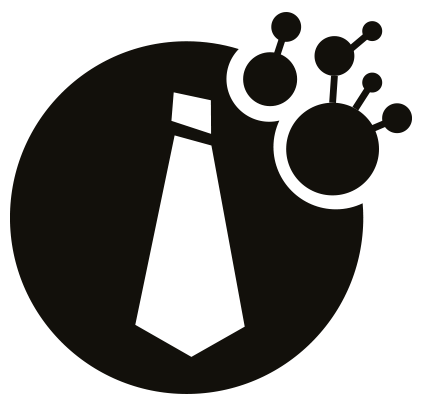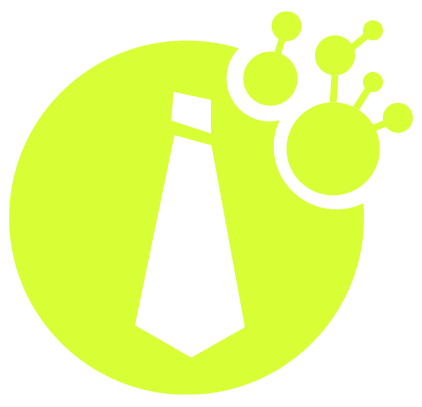Building a personal brand is all about showcasing your unique skills, perspectives, and value to your audience. As a professional networking platform, LinkedIn is a powerful space for establishing and growing your brand. So here’s a step-by-step guide to help you get started:
1. Define Your Personal Brand
Before diving into LinkedIn, you need to step back, reflect and take the time to define what your personal brand represents. Consider:
- Your Values: What do you stand for?
- Your Strengths: What makes you different from others who are maybe doing similar things?
- Your Audience: Who are you trying to connect with? (e.g., potential customers, peers, recruiters)
- Your Goals: Are you building a brand to gain recognition, find opportunities, or share your expertise?
- Emerging Trends: Stay alert to the rumblings of new trends in content creation. Experimenting with these trends early can help you stand out.
2. Optimise Your LinkedIn Profile
Your LinkedIn profile is the hub for your personal brand. Make it stand out:
- Headline: Use a clear and impactful headline that showcases your expertise.
- Profile Picture: Upload a high-quality, professional photo.
- About Section: Write a concise narrative that highlights your skills, experiences, and what you’re passionate about.
- Experience & Skills: Ensure your work history and skills align with the brand you want to project.
- Be Approachable: Use a friendly and professional tone throughout your profile.
3. Start Creating Value-Driven Content
LinkedIn is now prioritising video content, and here’s why it matters: Video content is proven to drive higher engagement, allowing users to capture attention, tell stories, and communicate value more effectively compared to static posts. This shift is part of LinkedIn’s broader strategy to embrace dynamic and interactive media trends.
If you’re trying to expand beyond your usual likes, comments, and reposts, or if competitors are outranking you in engagement, video content could be the key to gaining an edge.
Here’s what you need to know:
- LinkedIn now focuses on reel-style content (9:16 vertical format), similar to YouTube Shorts or TikTok.
- Content can be up to 10 minutes long, but shorter videos (around 1-2 minutes) tend to perform better.
- Start with an attention-grabbing hook to engage viewers right from the beginning.
- Avoid overt selling. Focus on educating or entertaining while addressing the “so what”—give your audience something valuable to take away.
This update is still fresh, so getting started now can help you gain traction before it becomes oversaturated.
Additionally, establish your voice by consistently sharing content that resonates with your audience:
- Types of Content: Share updates, thought leadership posts, or insights from your industry.
- Engagement: Interact meaningfully with comments and build relationships. Following your target audience ensures their posts appear in your feed, making it easier to engage.
- Consistency: Post regularly to stay visible and maintain engagement.
- Variety: Mix up your content formats to keep it fresh and interesting.
4. Use LinkedIn Newsletters to Amplify Your Brand
A LinkedIn newsletter is a powerful tool to build a dedicated audience. Here’s how it differs from a regular LinkedIn article and why it can be more effective:
- Newsletters vs. Articles: Subscribers get notified of every new edition, ensuring higher reach and consistent engagement. Articles are static and don’t notify followers automatically, leading to lower visibility unless manually shared.
- Why Choose Newsletters? Build a loyal audience through subscriptions. Establish yourself as an expert in your niche over time.
- How to Set Up a LinkedIn Newsletter: Click on “Write an Article” from your homepage. Select “Create a Newsletter” at the top of the publishing page. Choose a compelling name, write a description, and upload a logo for your newsletter. Start with high-value topics to attract initial subscribers.
5. Build Your Network Strategically
- Connect with people in your industry and others who align with your goals.
- Personalise connection requests to establish meaningful relationships.
- Engage with their content by liking, commenting, and sharing.
- Avoid, avoid, avoid sending a sales pitch immediately after connecting; focus on building up the relationship first.
6. Monitor and Adapt Your Strategy
- Use LinkedIn analytics to measure the performance of your posts and newsletters.
- Identify what resonates with your audience and refine your content strategy accordingly.
- Stay informed about platform updates and trends to remain relevant.
Key Takeaways
Building a personal brand on LinkedIn is a continuous process. You can establish yourself as a thought leader in your space by defining your values, creating engaging content, leveraging tools like newsletters, and fostering meaningful connections.
Remember, Authenticity and consistency are the cornerstones of any successful personal brand.


